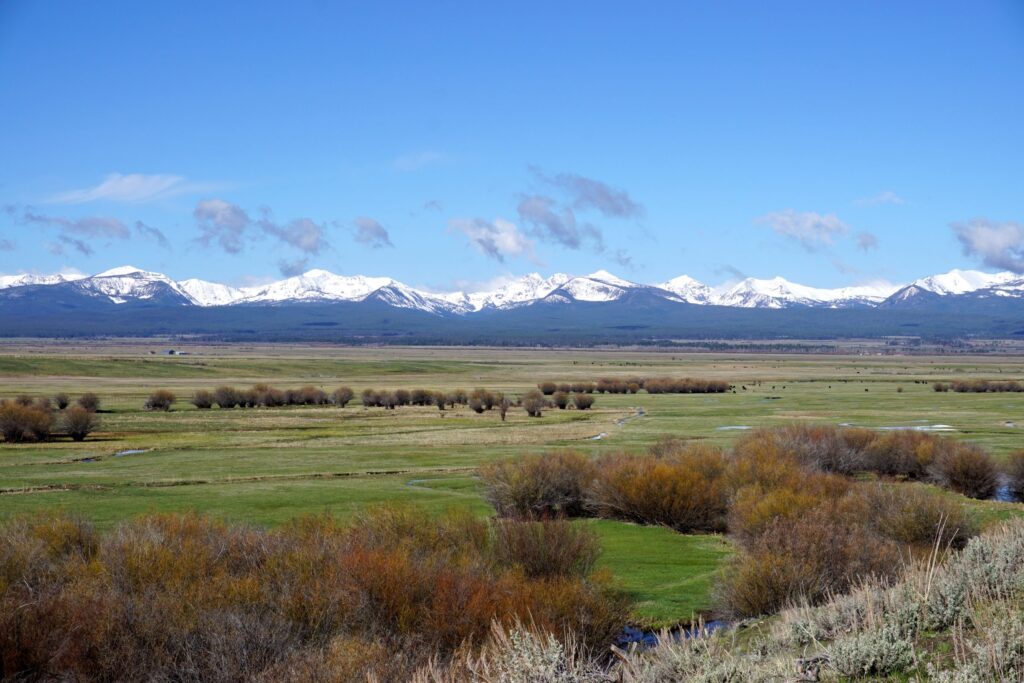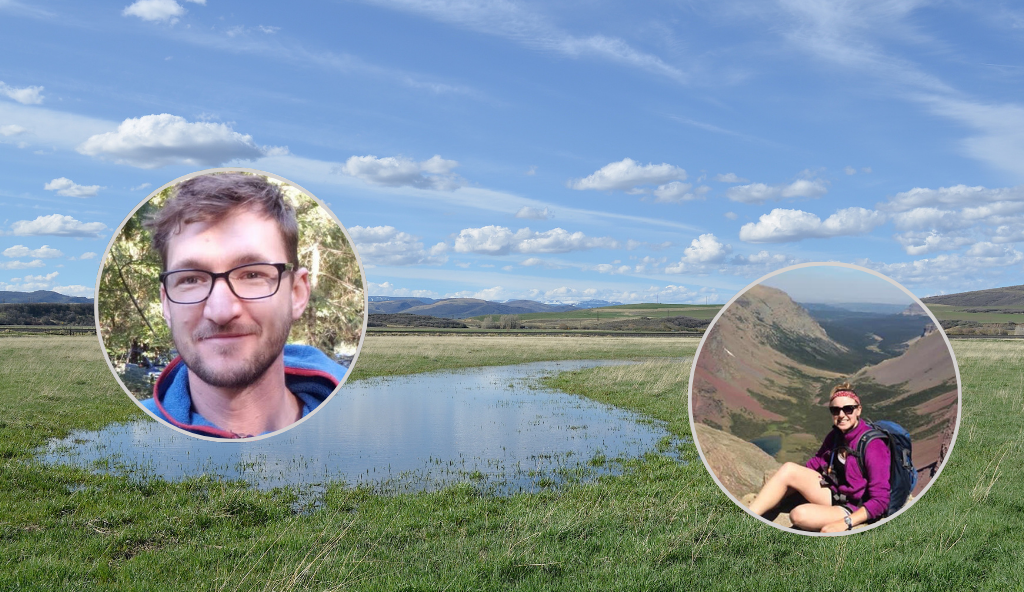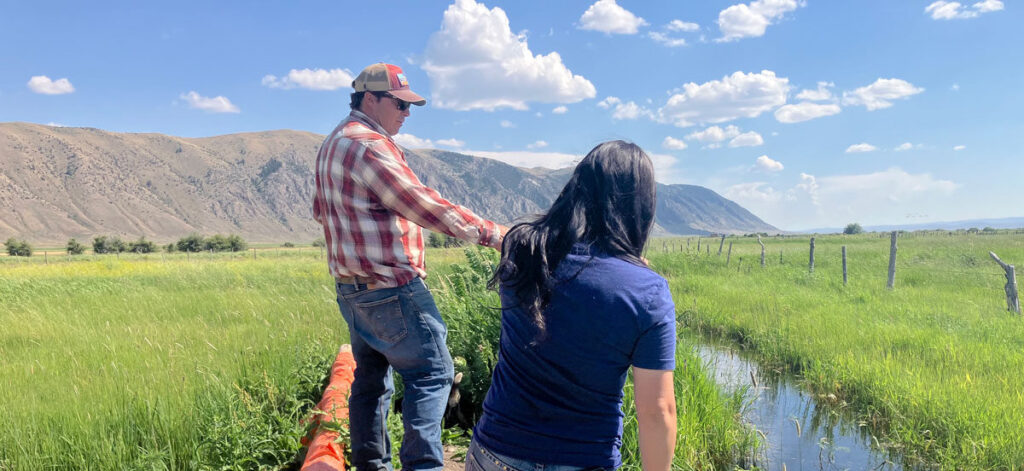An article in Western Confluence magazine explores the places where flood irrigation might be doing more good than harm.
Every spring, Chris Williams looks forward to seeing the terns alight on the meadows of the southern Wyoming ranch that he manages. It’s a fleeting sight—the birds are there for one day and then they’re gone, off to breeding grounds further north. However brief, the terns’ stopover on the ZN Ranch is an essential part of their migratory journey, as it is for the dozens of other species Williams sees every year.
“We provide this edge of green right in the middle of the sagebrush, which is important for a lot of animals,” Williams says. “Our irrigation isn’t just about waterfowl and wading birds, but it’s that edge habitat that supports deer, elk, antelope, sage grouse—all of it.”
The ZN Ranch, like most other ranching operations in the Upper North Platte watershed, relies on a system of dirt ditches dug by hand in the 1880s to sustain that edge of green. In the spring, when tributary creeks are running high, the ditches divert water and spread it over the floodplain to grow lush grass that will be cut for hay. In the face of a drying western climate, ranching operations that use flood irrigation to grow food for livestock have come under fire for taking too much water out of streams and rivers. But new research is showing that flood irrigation in certain places does so much more than grow hay—it might just be the glue holding western ecosystems together.
Read the rest of the article in Western Confluence magazine.



